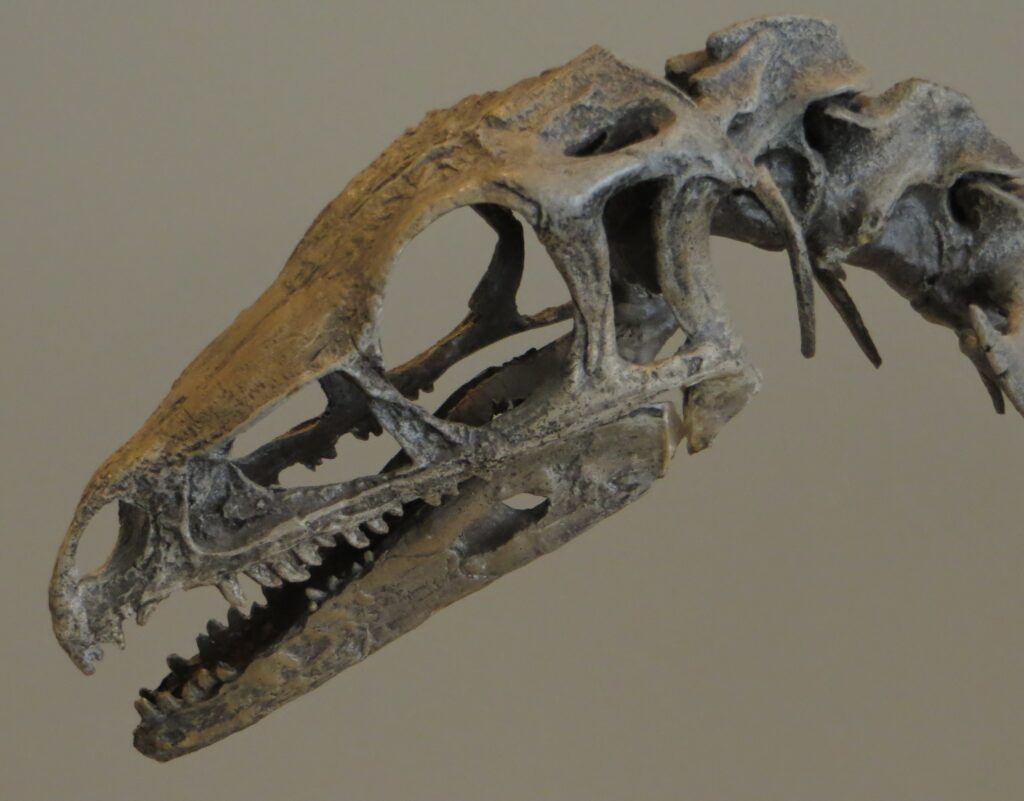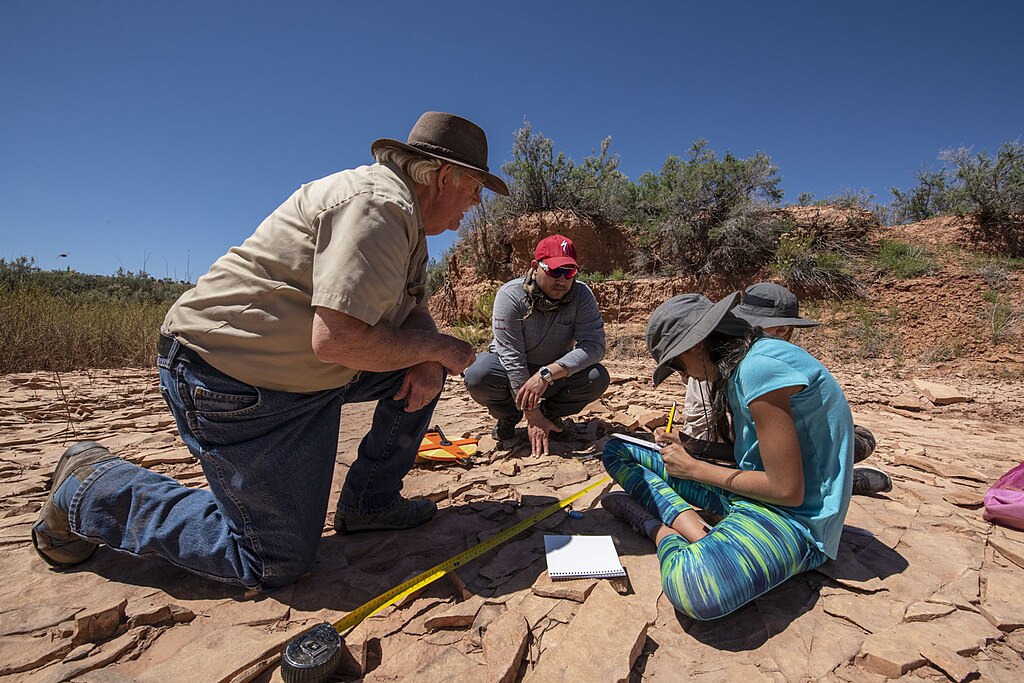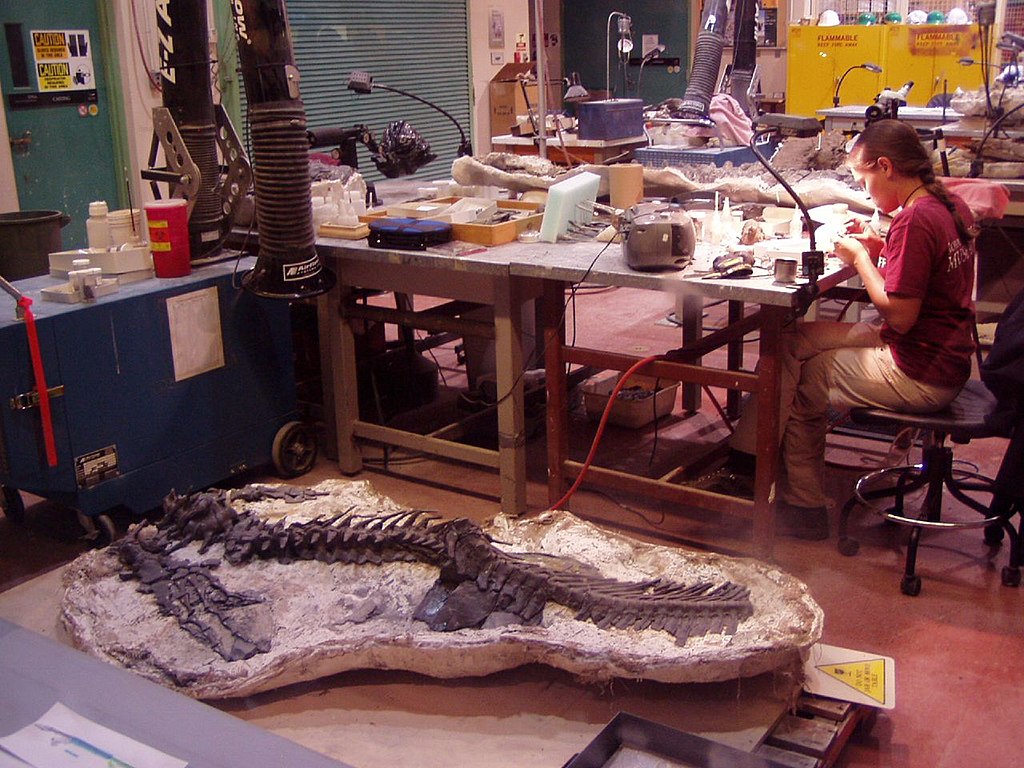In the realm of paleontology, significant discoveries often emerge from the most unexpected places. While many fossils are unearthed through careful excavation in remote locations, sometimes history’s treasures hide in plain sight. Such is the remarkable tale of a fossil specimen that vanished from scientific record for nearly a century, only to resurface in the most mundane of locations: a junk drawer. This extraordinary rediscovery not only filled a gap in paleontological records but also rewrote our understanding of prehistoric life and demonstrated how easily scientific treasures can slip through the cracks of time.
The Unexpected Discovery
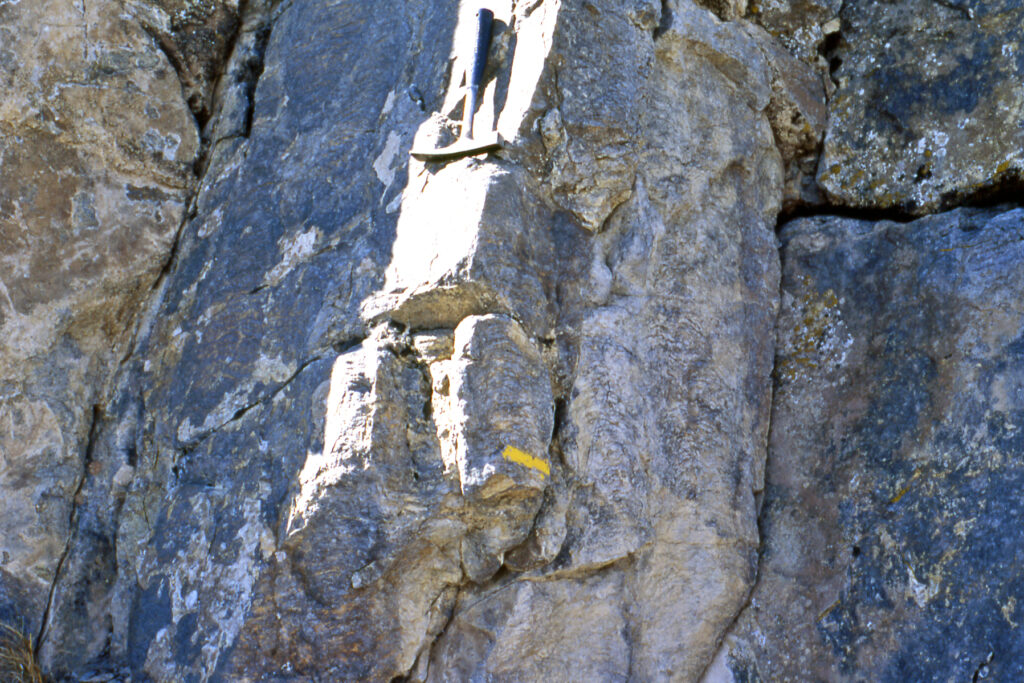
In what can only be described as a stroke of serendipity, the long-missing fossil was discovered during a routine household cleanup. The homeowner, initially unaware of the object’s significance, found what appeared to be an unusual stone tucked away in a junk drawer alongside old batteries, miscellaneous screws, and forgotten receipts. The fossil had been collecting dust for decades, passed down through generations of the family who did not know its scientific importance. What makes this discovery particularly remarkable is that the specimen had been catalogued and documented in scientific literature in the early 20th century before mysteriously disappearing from institutional records in the 1930s, creating a 90-year gap in its documented history.
The Fossil’s Original Discovery

The specimen was originally discovered in the early 1930s during an expedition to a fossil-rich limestone formation in the American Midwest. Led by renowned paleontologist Dr. Harrison Mills, the expedition unearthed several significant specimens, including this particular fossil that would later become known as the “Mills specimen.” Initial analysis identified it as a rare transitional form, potentially filling a crucial evolutionary gap in the fossil record. The specimen was thoroughly documented, photographed, and described in several academic papers of the era, with scientists recognizing its importance to understanding prehistoric marine ecosystems. Despite its significance, the fossil disappeared shortly after these initial studies, coinciding with Mills’ unexpected death and the subsequent disorganization of his collection.
The Mysterious Disappearance
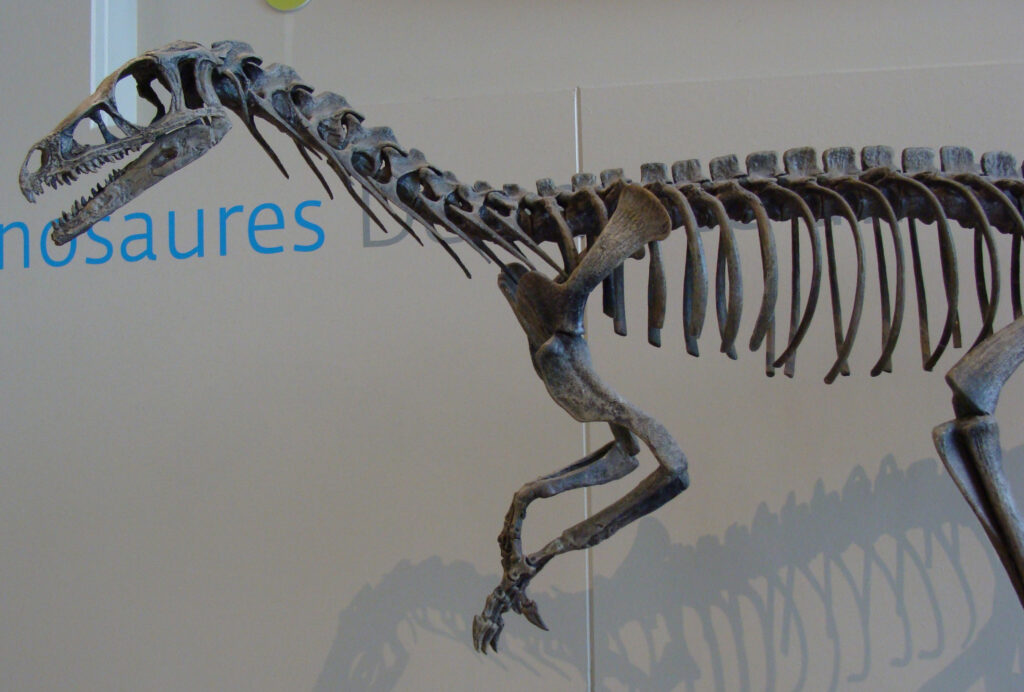
Following Dr. Mills’s sudden passing in 1933, his extensive collection fell into disarray as no formal provisions had been made for its preservation or transfer to an institution. According to historical records, many specimens were distributed among colleagues, while others were sold to private collectors or museums. The particularly significant “Mills specimen” was recorded as being transferred to the university’s natural history museum, but it never officially entered their collection. For decades, paleontologists referenced the specimen in academic literature based solely on Mills’ detailed notes and photographs, as the physical specimen itself could not be located. Multiple attempts to trace its whereabouts throughout the 20th century proved fruitless, leading many to believe it had been destroyed or permanently lost to science.
From Laboratory to Living Room

The journey of how the fossil transitioned from a scientific laboratory to a household junk drawer spans nearly a century of overlooked history. Archival research following the rediscovery revealed that after Mills’ death, many of his personal effects and smaller specimens were given to his laboratory assistant, Thomas Hargrove, who had worked closely with him for years. Hargrove, though not a professional scientist himself, kept several specimens as mementos of his time working with the esteemed paleontologist. When Hargrove died in the 1950s, his possessions were distributed among family members who had little understanding of their scientific significance. The fossil passed through at least three generations of the Hargrove family, eventually ending up in the possession of Hargrove’s great-granddaughter, who discovered it while cleaning out her late grandmother’s home in 2023.
The Moment of Recognition

The identification of the fossil as the long-missing Mills specimen came about through an extraordinary coincidence. The homeowner, curious about the unusual object, posted photographs on a social media group dedicated to rock and fossil identification. A graduate student in paleontology immediately recognized potential significance and suggested the owner contact the local university museum. Upon examination by Dr. Elena Cortez, curator of paleontology at the university’s natural history museum, the fossil’s identity was confirmed through comparison with Mills’ original photographs and notes. The distinctive mineralization pattern and unique morphological features made the identification conclusive, bringing to an end a 90-year mystery that had puzzled the paleontological community for generations.
Scientific Significance of the Specimen

The Mills specimen represents a critically important transitional form in the evolution of early marine arthropods from the Ordovician period, approximately 450 million years ago. What makes this fossil particularly valuable is its exceptional preservation of soft tissue impressions, a rarity that offers unprecedented insights into the anatomy and physiology of these ancient creatures. Modern analytical techniques unavailable during Mills’ time have now revealed that the specimen belongs to a previously undescribed genus that links two major arthropod lineages, potentially resolving a longstanding evolutionary puzzle. The fossil’s distinctive features include specialized appendages that demonstrate an intermediate adaptation between aquatic and semi-terrestrial lifestyles, suggesting these organisms were among the earliest to venture from ocean environments toward land habitats.
Advanced Analysis Techniques
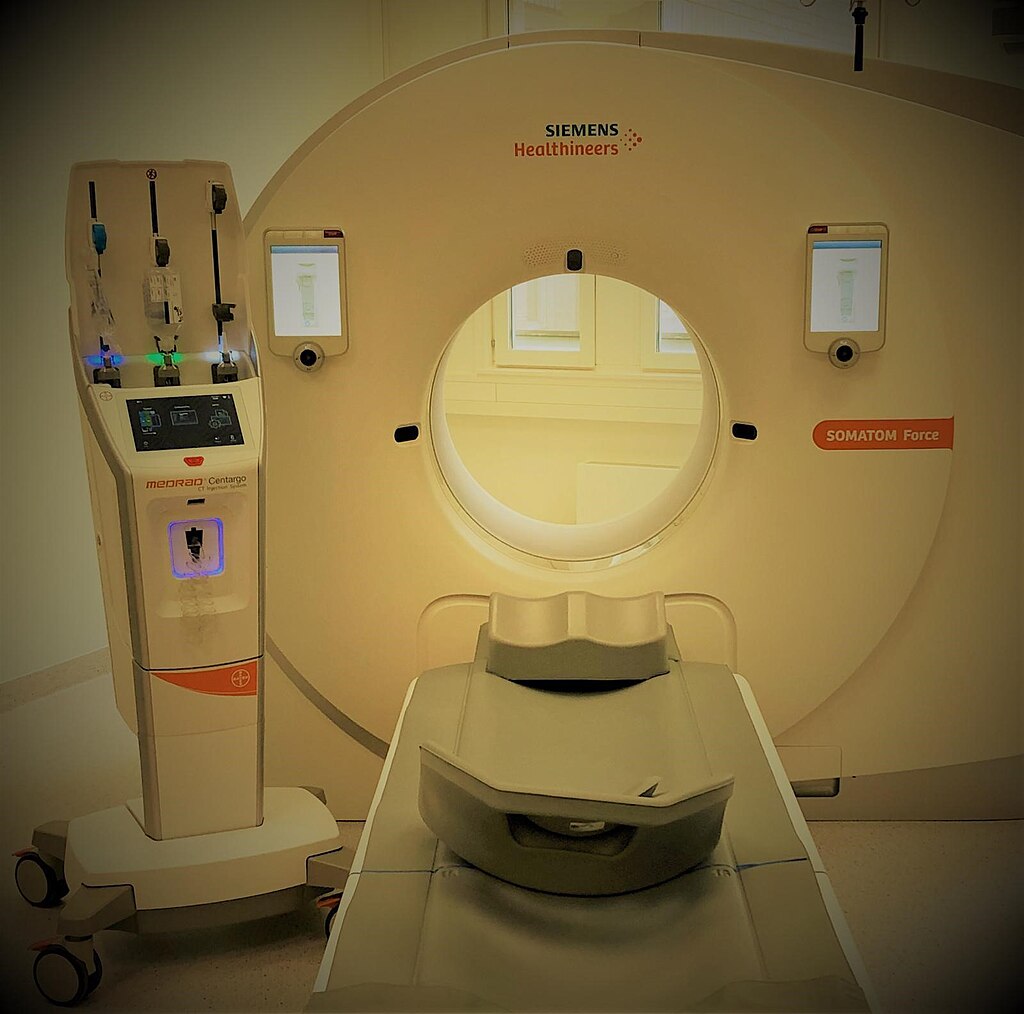
Since its rediscovery, the fossil has undergone extensive examination using cutting-edge technologies that were unimaginable when it was first documented in the 1930s. Non-destructive micro-CT scanning has revealed internal structures preserved within the rock matrix, allowing scientists to create detailed three-dimensional models of the creature’s anatomy without damaging the specimen. Spectroscopic analysis has identified chemical signatures within the fossil that provide insights into the environmental conditions during the organism’s life and the specific processes that led to its exceptional preservation. Scanning electron microscopy has revealed microscopic details of preserved tissues, including what appear to be primitive respiratory structures that represent some of the earliest known adaptations for air breathing in arthropods.
Rewriting Evolutionary History
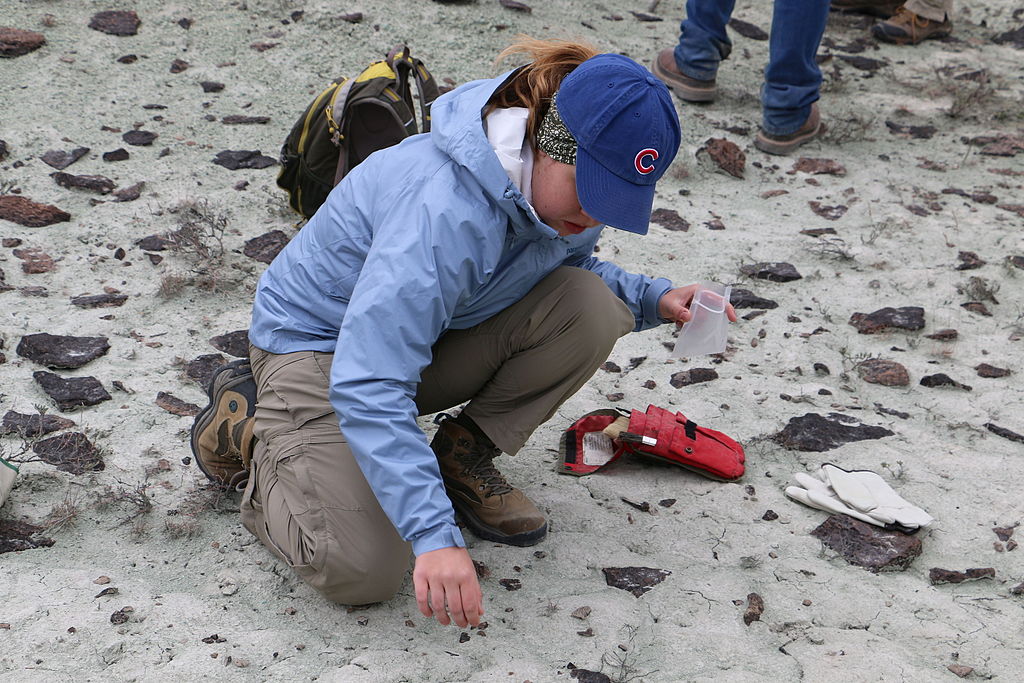
The rediscovered fossil has prompted significant revisions to existing evolutionary models concerning early arthropod development. Before this rediscovery, paleontologists had theorized about the existence of transitional forms between major arthropod groups but lacked definitive physical evidence. The Mills specimen provides tangible proof of these transitions, effectively filling a gap that had been hypothesized but never confirmed through fossil evidence. Particularly significant is the specimen’s clear demonstration of how certain appendages evolved from swimming structures to weight-bearing limbs, a critical adaptation in the move from aquatic to terrestrial environments. This single specimen has necessitated updates to numerous textbooks and research papers, illustrating how a single fossil can reshape our understanding of evolutionary processes.
The Legal and Ethical Questions
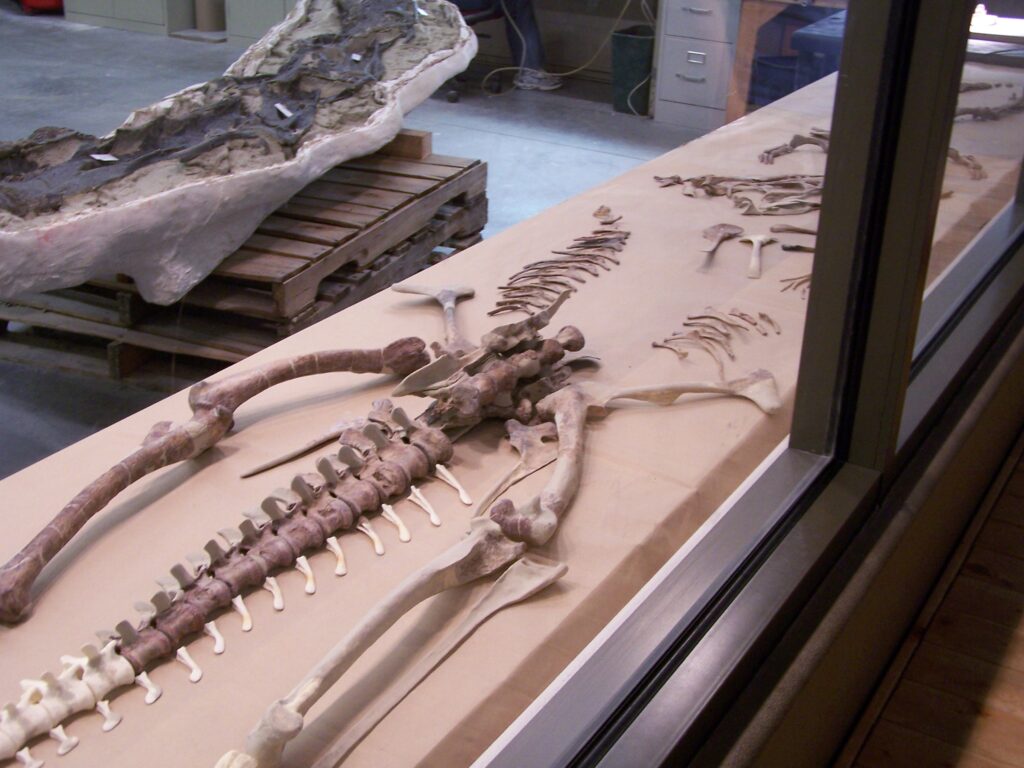
The rediscovery raised complex questions regarding ownership and ethical considerations in scientific research. While the fossil had been in private hands for decades, its original status as a documented scientific specimen created a unique situation. The homeowner who found the fossil in her drawer legally inherited it through family succession, but its scientific importance raised questions about whether such significant specimens should be publicly accessible. After considerable discussion, a compromise was reached whereby the homeowner donated the specimen to the university museum while retaining visitation rights and recognition as the rediscoverer. This arrangement has since been cited as a model for addressing similar situations where scientifically valuable specimens resurface in private collections, emphasizing collaboration over confrontation in securing important artifacts for scientific study.
The Phenomenon of “Drawer Fossils”
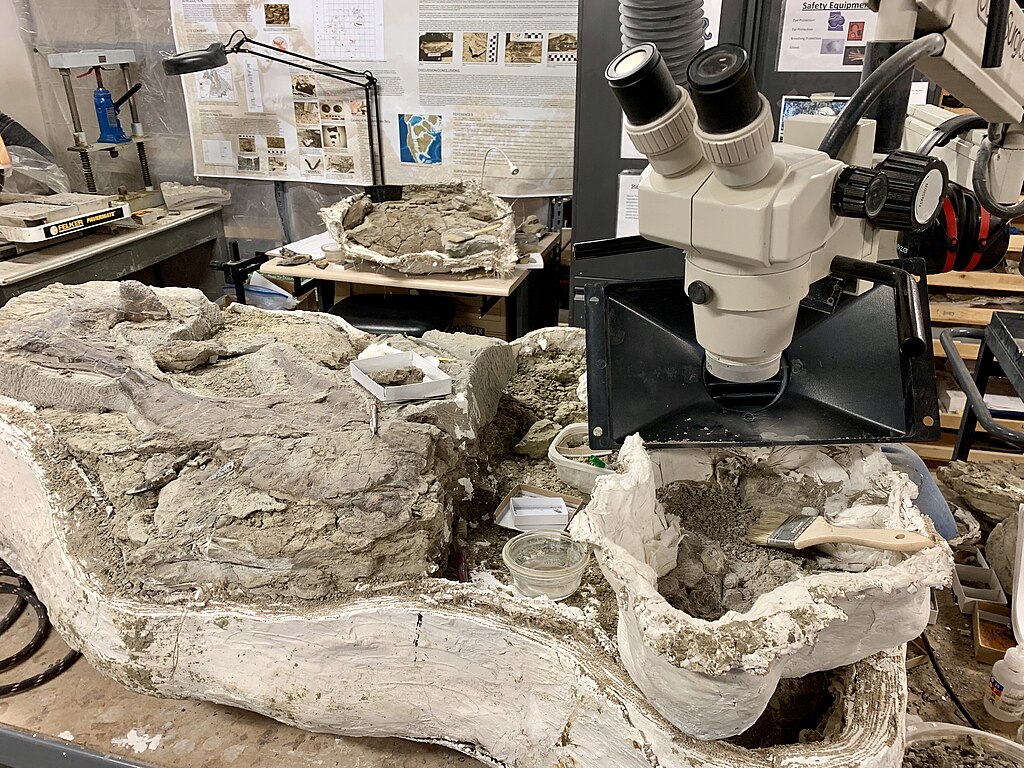
The Mills specimen is far from the only significant scientific discovery to emerge from forgotten collections and household storage. Paleontologists have coined the term “drawer fossils” to describe specimens that have been collected but subsequently forgotten or misplaced, only to be rediscovered years later with renewed scientific significance. Other notable examples include the holotype specimen of a Jurassic pterosaur found in a museum storage drawer in 2014, and Darwin’s lost collection of fossil mammals rediscovered in a cabinet at the British Geological Survey in 2012. These cases highlight the ongoing challenge of maintaining proper documentation and storage of scientific specimens, particularly as collections change hands between institutions or researchers retire. The scientific community has responded by developing more robust cataloging systems and digitization efforts to prevent future specimens from falling through the cracks.
The Human Element in Scientific Discovery
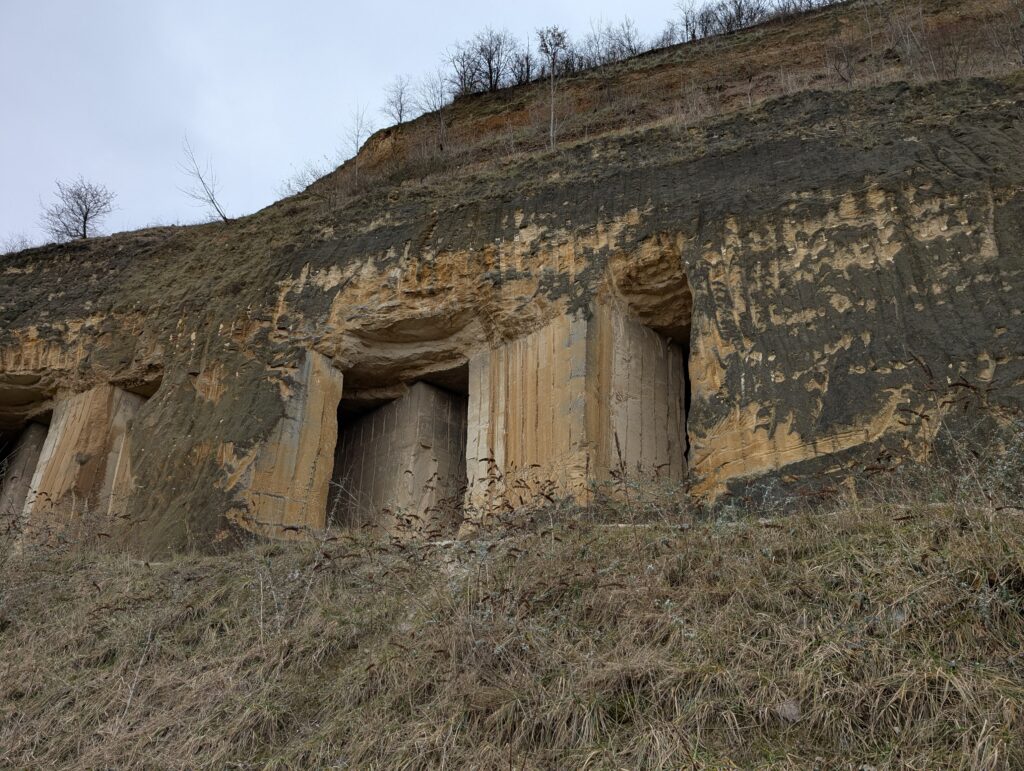
This remarkable rediscovery underscores the deeply human dimension of scientific progress. The Mills specimen’s journey from esteemed scientific discovery to forgotten household object and back to scientific prominence mirrors the often unpredictable nature of knowledge preservation. Dr. Mills himself could never have anticipated that his prized discovery would spend most of the next century nestled among household odds and ends rather than in a museum collection. The personal connections that led to both its disappearance and eventual rediscovery highlight how scientific knowledge is not accumulated in a purely systematic fashion but is subject to the same chaotic human factors that influence all aspects of history. This human element adds a poignant dimension to the fossil’s story, reminding us that scientific progress depends not only on methodical research but also on chance, circumstance, and individual actions.
Public Engagement and Citizen Science
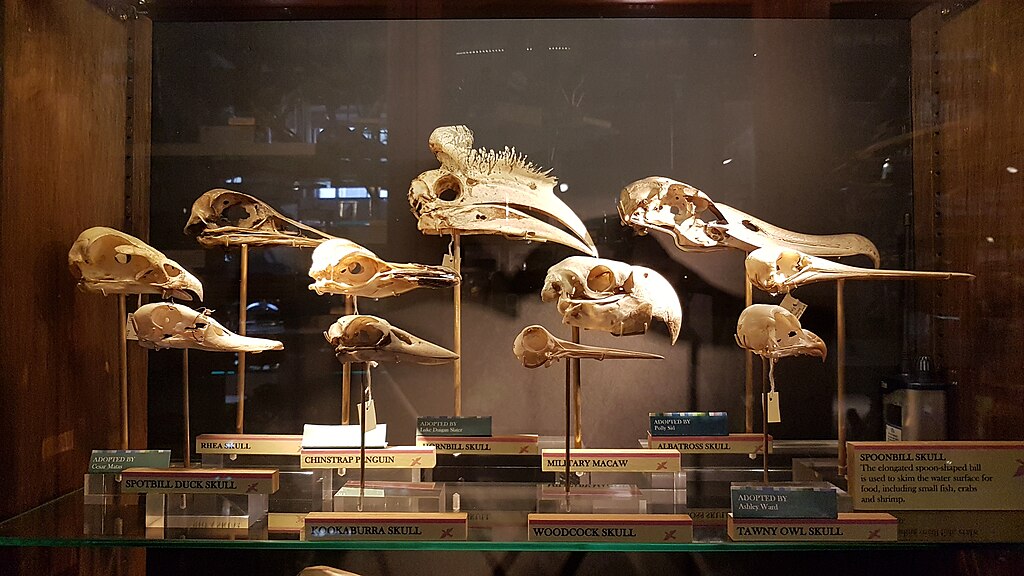
The story of the Mills specimen has captured public imagination and sparked increased interest in paleontology and citizen science initiatives. Museum exhibits featuring the fossil and telling its remarkable journey have attracted record attendance numbers, with visitors particularly engaged by the relatable aspects of finding something extraordinary in ordinary surroundings. Educational programs have been developed encouraging people to look more carefully at objects in their own possession that might have scientific value. Several universities have established “identification days” where members of the public can bring objects for expert evaluation, directly inspired by this rediscovery. The specimen’s story has also been featured in documentary films and popular science publications, significantly raising awareness about the importance of preserving scientific specimens and the potential for everyday citizens to contribute to scientific knowledge.
Lessons for Modern Collection Management
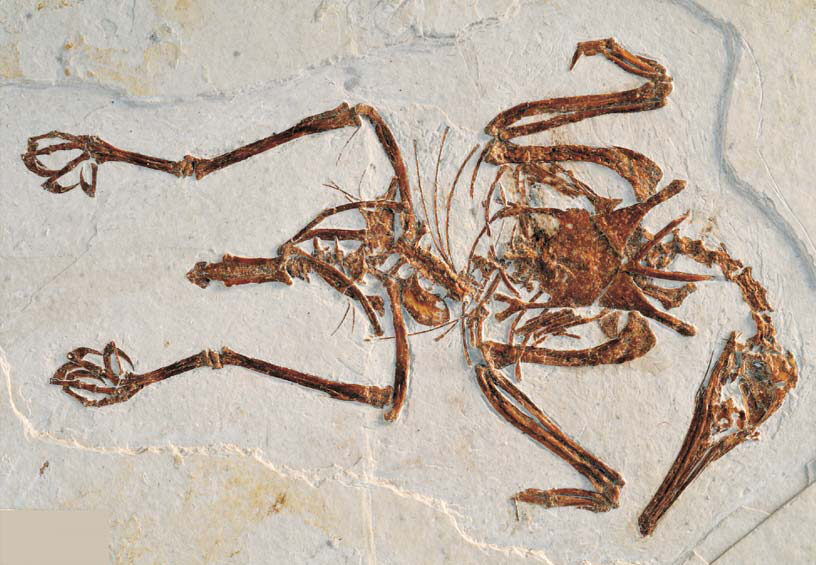
The 90-year disappearance of such a significant specimen has prompted serious reflection within museums and research institutions about their collection management practices. Many institutions have initiated comprehensive audits of their historical collections, reconciling actual holdings against catalog records to identify other potentially missing specimens. Digital cataloging systems with redundant backups have been implemented to ensure that specimen data survives even when physical tags or labels are damaged or lost. Cross-referencing between publications and physical collections has become standard practice to identify discrepancies. Perhaps most importantly, institutions have developed clearer protocols for handling the collections of deceased researchers, ensuring that valuable specimens aren’t inadvertently dispersed or discarded during transitions. The Mills specimen now serves as a case study in museum science programs, teaching future collections managers about the potential consequences of documentation failures.
The Future of the Mills Specimen

Now permanently housed in a controlled environment at the university’s natural history museum, the Mills specimen has a secure future as both a scientific resource and an object of public fascination. A comprehensive research program has been established around the fossil, with scientists from multiple disciplines collaborating to extract maximum information from this unique specimen. Plans are underway for international traveling exhibitions that will share their remarkable story with audiences worldwide while maintaining strict conservation protocols to protect the delicate fossil. Digital scans have been made freely available to researchers globally, ensuring that scientific access is not limited by geography. The specimen has also been designated as a “type specimen” for its newly classified genus, cementing its importance in taxonomic literature for generations to come.
How a Misplaced Fossil Slipped Through the Cracks

The story of the Mills specimen serves as a powerful reminder that scientific treasures may lurk in the most unexpected places. From its initial discovery to its long hibernation in domestic obscurity and ultimate triumphant return to scientific prominence, this fossil embodies the sometimes erratic path of human knowledge. As museums continue to improve their cataloging systems and public awareness grows about the potential value of overlooked objects, we can hope that fewer significant specimens will spend decades hidden in junk drawers. Nevertheless, this remarkable rediscovery encourages both scientists and the general public to maintain curiosity about the ordinary objects that surround us, any of which might contain extraordinary secrets waiting to be revealed.

